Search Results
Fine Jewelry University Articles matching: “Peridot gemstone”
Showing only FJU Article results. Click here to show all results.
Fine Jewelry University (Show All FJU Articles)
-
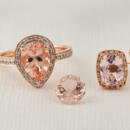
Gem in the Spotlight: Morganite
Morganite is a beautiful, soft pink gemstone and a graceful expression of elegance. It is not a very well-known gem, but it definitely should be. It is pastel or…salmon. It is the subtle, understated nature of Morganite’s color that sets it apart from many of the more popular gemstones. Morganite has an impressive family tree. It is a beryl gem which puts it in the same family as emerald and … pink variety of beryl “Morganite”. It has good hardness, durability, luster, and brilliance which make it a great gemstone for jewelry. For the gem nerds out there, here are a few of the gemological properties of Morganite. Its durability is…
-
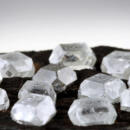
Is a Lab Grown Diamond Right for Me?
Picking a diamond for your engagement ring is a big decision. For most of us, buying a diamond is a significant financial undertaking, and we want to get it right. Unfortunately, understanding diamonds takes a lot of specialized knowledge that most people don’t have (anyone remember their refractive indexes from high school physics?). Even more unfortunately, the diamond industry suffers from a lot of misinformation and paranoia both from inside the trade and from outside observers. I have heard people say that natural diamonds come with a 400% mark up,
-
Synthetic Gems: The Whole Story
Synthetic rubies, emeralds, sapphires, diamonds and more are everywhere. Man made gems come in many forms: every thing from simple glass to high tech chemical tongue twister like gadolinium gallium garnet (also called GGG) and the modern diamond simulant moissanite. Synthetic gems are not bad, fakes, or the curse of a modern society. The more you know about them, the better you can understand their place in our society and in the jewelry world.
-
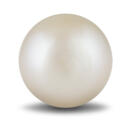
Gem in the Spotlight: Pearl
Pearls have been sought after and loved by people for hundreds of years of human history. In this in-depth article, we explore the science, history, and gemology of this incredible product of nature. Learn about famous pearls like La Peregrina, the seven value factors of pearls, the difference between saltwater and freshwater pearls, and much more.
-

How to Tell If a Diamond Is Natural or Lab Grown
How can I know if my diamond is real? This is a question we get all the time, and it’s not as simple as you might think. First, you have to decide what “real” means. If you are not familiar with lab grown diamonds, you might want to check out our introduction to lab grown and synthetic diamonds before continuing with this article. So, now you know that lab grown diamonds are just as real as natural diamonds, but we still want to be able to tell them apart. When
-
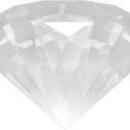
Fake Diamonds: The Great Diamond Attack
A popular game show would have three people all say that they were someone and the contestant would try to find out who was the real person. Technology has created many new diamonds and diamond lookalikes. “What is a real diamond?” is a difficult question these days. And the problem of separating a fully natural diamond from all the modern possibilities is quite demanding. So what is a real diamond? Let’s start with the older diamond look a likes, (CZ, GGG, YAG, Synthetic corundum and spinal, Glass) or simulants are
-
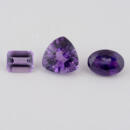
Gem in the Spotlight: Amethyst
… as hard as tourmaline, softer than sapphire and topaz, and harder than opal and tanzanite. This makes it a durable gemstone that is resistant to scratching and chipping. It is also resistant to heat and chemicals which means that it can … tears of wine in remorse for his actions. These tears stained the quartz purple, resulting in the creation of the gemstone known as amethyst. Amethyst has a long history of being used in jewelry and other decorative items. It was highly …
-
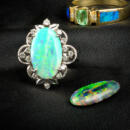
Gem in the Spotlight: Opal
… same stone). Gemology of Opal Opal’s captivating dance of colors is a result of its unique internal structure. This gemstone is composed of tiny silica spheres arranged in a pattern, which diffract light and create the spectacular play of … opal”. Opal has a refractive index of 1.37 – 1.47 and a Mohs hardness of 5.5-6. This makes it one of the softest gemstones commonly used in jewelry. For reference, here are the Mohs hardness values for some other gemstones you may know: …
-
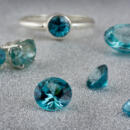
Gem in the Spotlight: Blue Zircon
Zircon may be last in the alphabet of gemstones, but it is first in sparkle. The crystal structure of zircon creates one of the liveliest displays found in any … then other colored gems? Zircon has a high refractive index (1.92-2.01). The refractive index (abbreviated RI) of a gemstone is its optical property that refers to the ratio of the speed of light in a vacuum to the speed of light through a …. Brown zircons can be transformed into colorless or blue zircons through heat treatments. Zircon is a durable gemstone with good hardness on the Mohs scale (6 to 7.5). However, Zircon has what is known as indistinct cleavage which creates a…